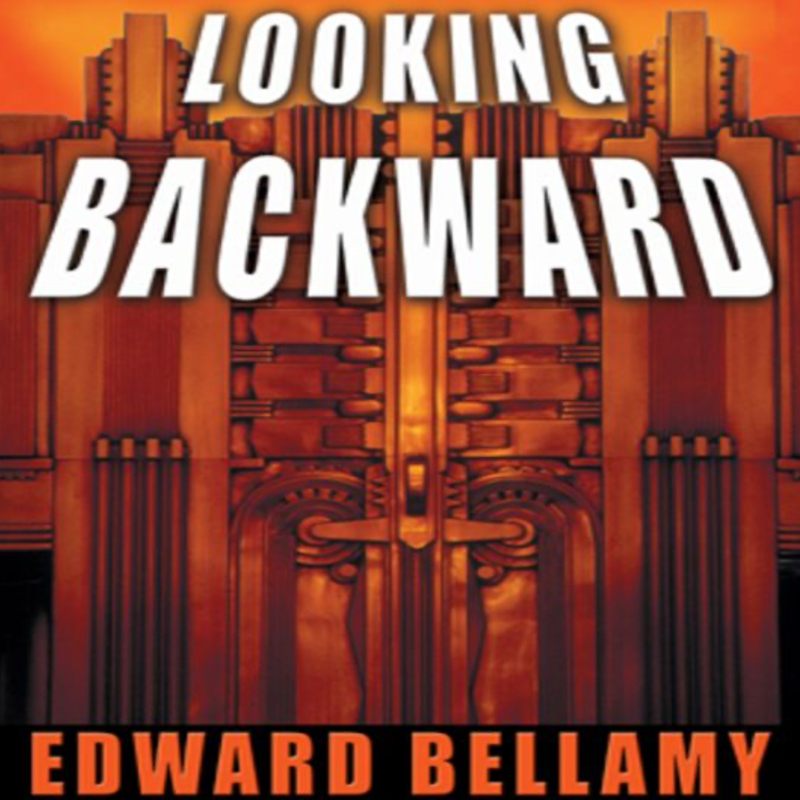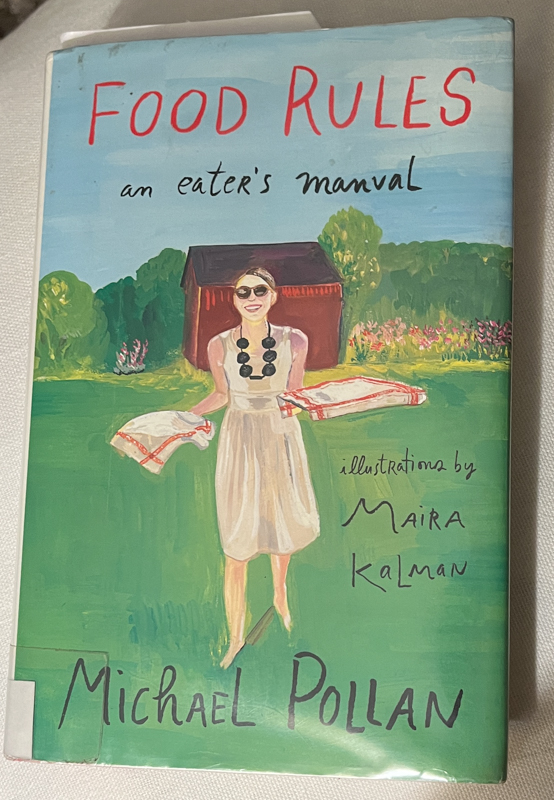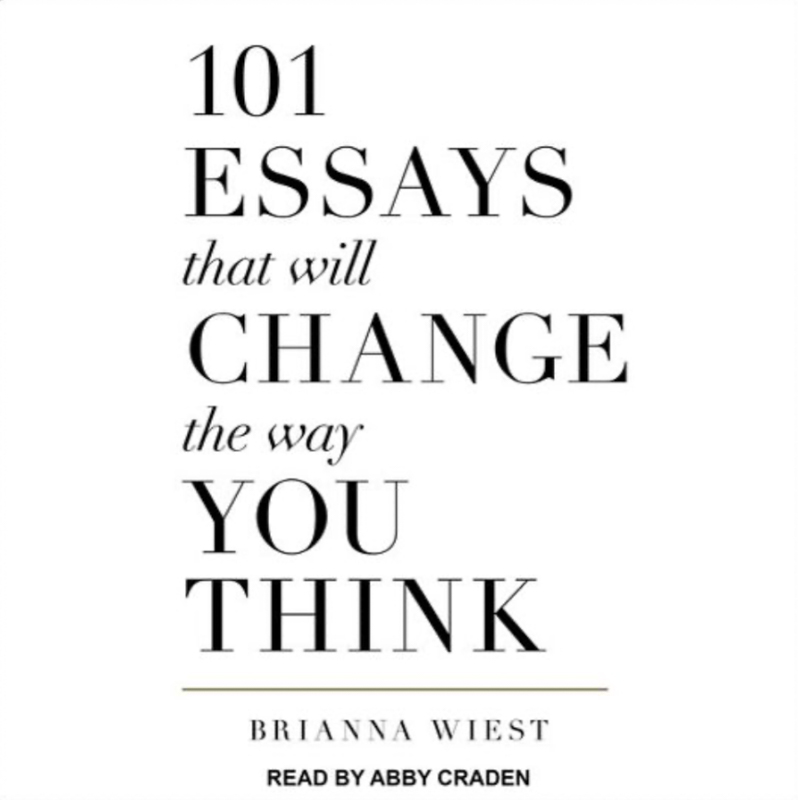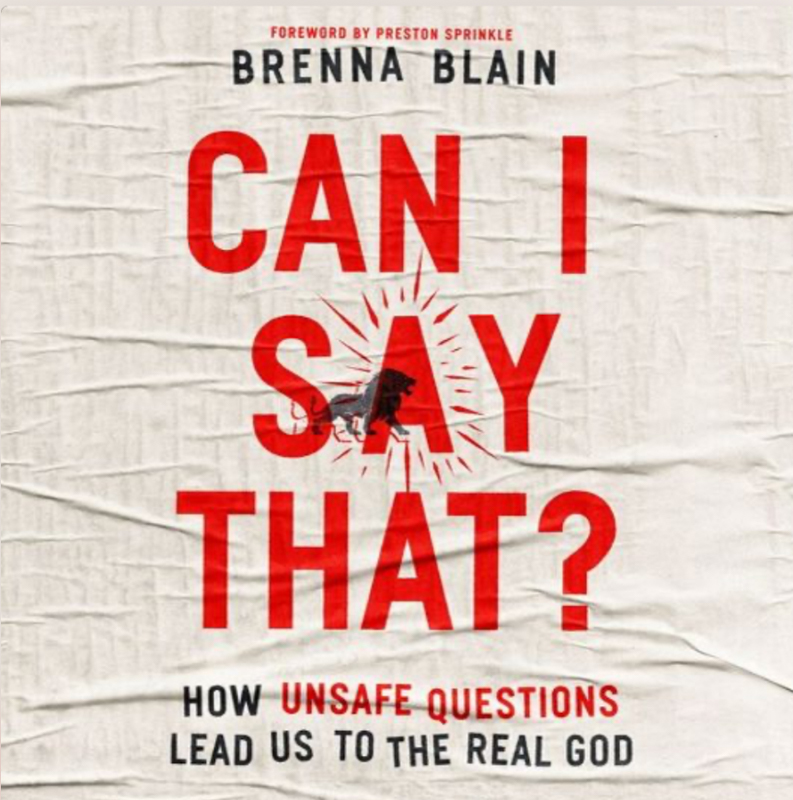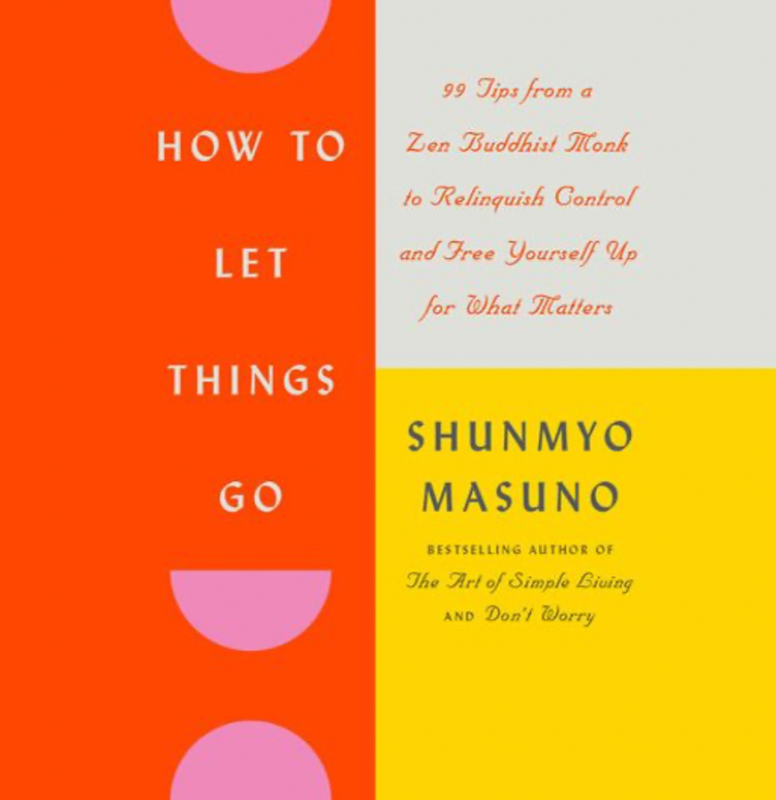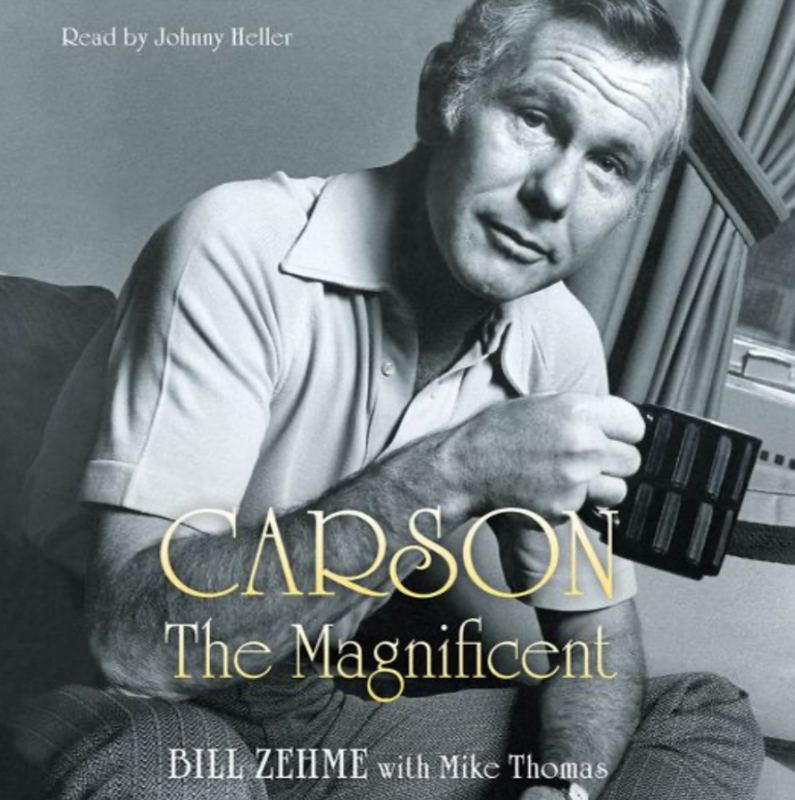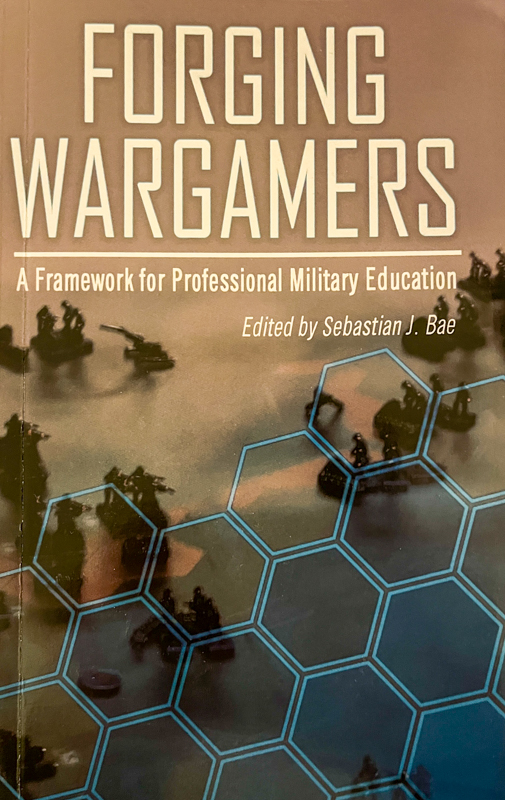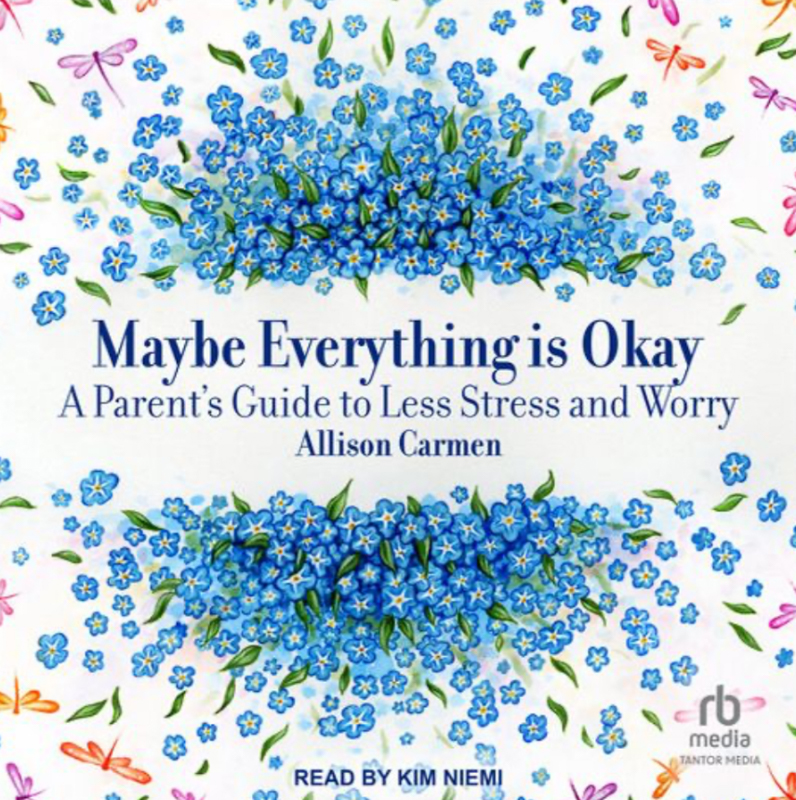Outlive: The Science and Art of Longevity
Background
Published in 2023, Outlive: The Science and Art of Longevity by Peter Attia, M.D., with Bill Gifford, presents a framework for living longer and healthier by shifting the focus from simply extending lifespan to improving “healthspan”—the years during which one is physically and cognitively capable. Drawing on his background in medicine and engineering, Attia critiques conventional approaches to treating chronic diseases like heart disease, cancer, and Alzheimer’s, arguing they are often reactive and too late to be effective. Instead, he proposes a proactive strategy called “Medicine 3.0,” emphasizing early intervention, personalized diagnostics, and lifestyle interventions such as nutrition, exercise, sleep, and emotional well-being. The book includes scientific explanations alongside Attia’s personal experiences to illustrate how individuals can take control of their long-term health outcomes.
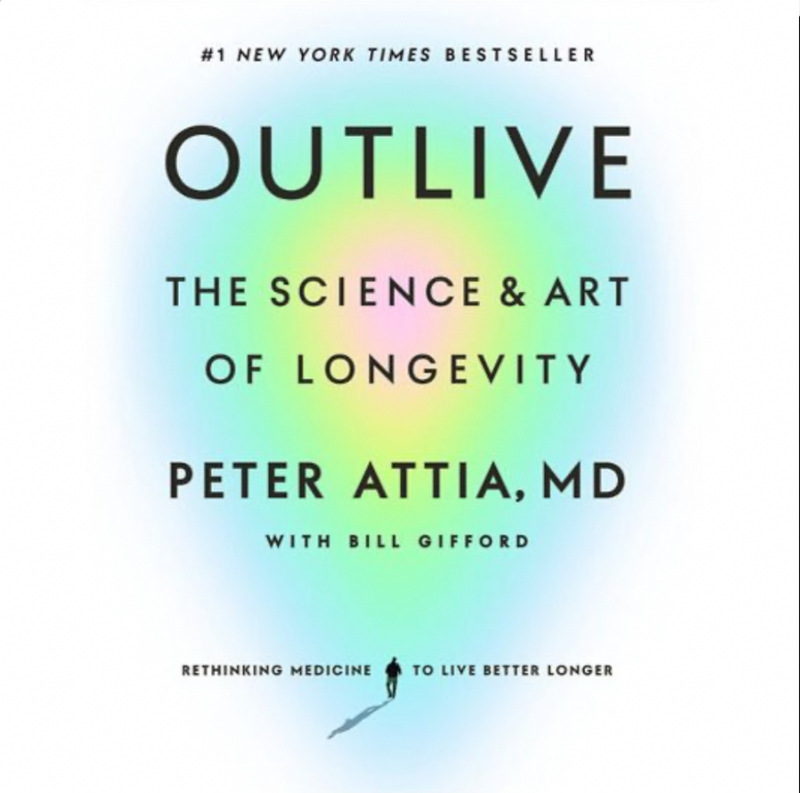
My Thoughts
Not much of this book came as revelatory. It goes into detail about health and wellness. All the concepts were pretty well accepted but it was enjoyable to have them all put together. It reminded me of the Monty Python quote, “Try and be nice to people, avoid eating fat, read a good book every now and then, get some walking in, and try and live together in peace and harmony with people of all creeds and nations.”
The book may quibble with the “avoid eating fat,” but the rest is pretty much spot on. Eating better makes you feel better, moving more makes you feel better, getting good sleep makes you feel better, and not hating life makes you feel better. Not surprisingly, feeling better means you will live longer and enjoy life more.
Recommendation
Great book
